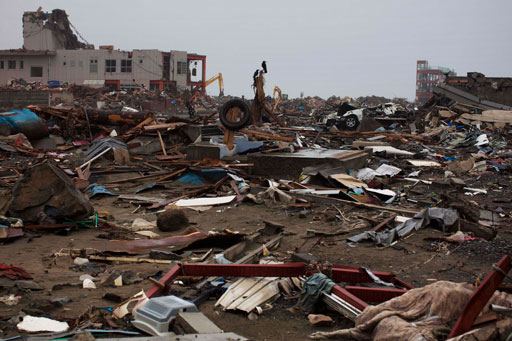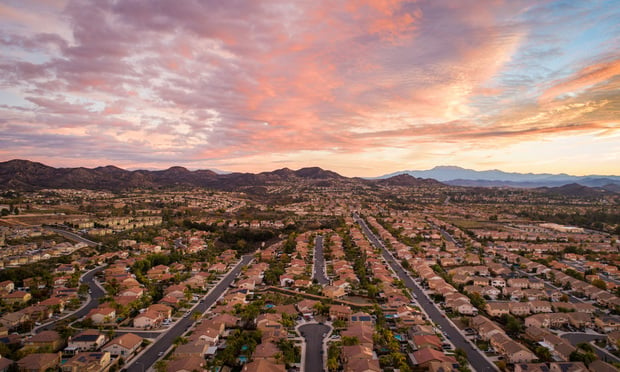Five months after the earthquake and tsunami that devastated northeastern Japan, some areas are back to normal while others are characterized by temporary housing, piles of rubble and businesses that can't afford to rebuild, with many people still unaccounted for. With a population of 5.7 million, more than 20,000 people were killed and 500,000 suffered damage from the tsunami in the wake of the 9.0 magnitude earthquake.
We spoke with Paul Atkinson, managing director of the insurance division of Cornes & Co. Ltd., and Yoshiro (“J.R.”) Hyokawa, senior vice president of Kyoritsu Insurance Brokers of Japan Co. Ltd., both members of the Assurex Global network, about the state of recovery in earthquake-stricken Japan.

Q: What is the current status of rebuilding in the earthquake-stricken area?
Atkinson: Depending on who you talk to, we've seen varying levels of success. With 25,000 people dead or missing, 120,000 homes and buildings destroyed, and an estimated $300 billion USD in damages, it's the largest natural catastrophe ever, even topping Hurricane Katrina. Reconstruction is going to take some time; a lot of work has been done to clear up many parts of the region, and areas that were less devastated such as downtown cities are more or less back to normal. The tsunami-stricken area, however, still has a long way to go.
Hyokawa: Miyagi, Iwate and Fukushima in the Tohoku region were the most heavily stricken areas. Teikoku Data Research reported that damages confirmed by the Police Office as at 14th July are:
| Prefectures | Death | Missing | Refugees |
| Miyagi | 9,348 | 2,094 | 12,874 |
| Iwate | 4,611 | 2,453 | 6,127 |
| Fukushima | 1,600 | 272 | 16,642 |
| Total | 15,559 | 4,819 | 35,643 |
Major highways and railroads in the interior recovered quickly in early April and were used to deliver emergency supplies of water, food and clothing. By the end of April, public utility services had also recovered. However, there have been problems in recovery.
The quantity of rubble from demolished buildings is 3 to 5 times more than the municipalities' annual disposal capacity. Through the efforts of the government and many volunteers, rubble in roads and towns was removed, but 60 percent to 70 percent has just been heaped in temporarily storage places. With the recent warm weather, this has produced a huge amount of flies and other vermin.
Housing for refugees is also an issue. In mid-July, the total number of refugees in the three prefectures was around 100,000. Although 64 percent has been moved to newly built temporary housing, more than 35,000 still remain in refugee camps, such as school gymnasiums without air conditioning or privacy. Most of the refugees are older people without cars who are afraid to live in temporary houses built in these isolated areas.
Want to continue reading?
Become a Free PropertyCasualty360 Digital Reader
Your access to unlimited PropertyCasualty360 content isn’t changing.
Once you are an ALM digital member, you’ll receive:
- Breaking insurance news and analysis, on-site and via our newsletters and custom alerts
- Weekly Insurance Speak podcast featuring exclusive interviews with industry leaders
- Educational webcasts, white papers, and ebooks from industry thought leaders
- Critical converage of the employee benefits and financial advisory markets on our other ALM sites, BenefitsPRO and ThinkAdvisor
Already have an account? Sign In Now
© 2025 ALM Global, LLC, All Rights Reserved. Request academic re-use from www.copyright.com. All other uses, submit a request to [email protected]. For more information visit Asset & Logo Licensing.








